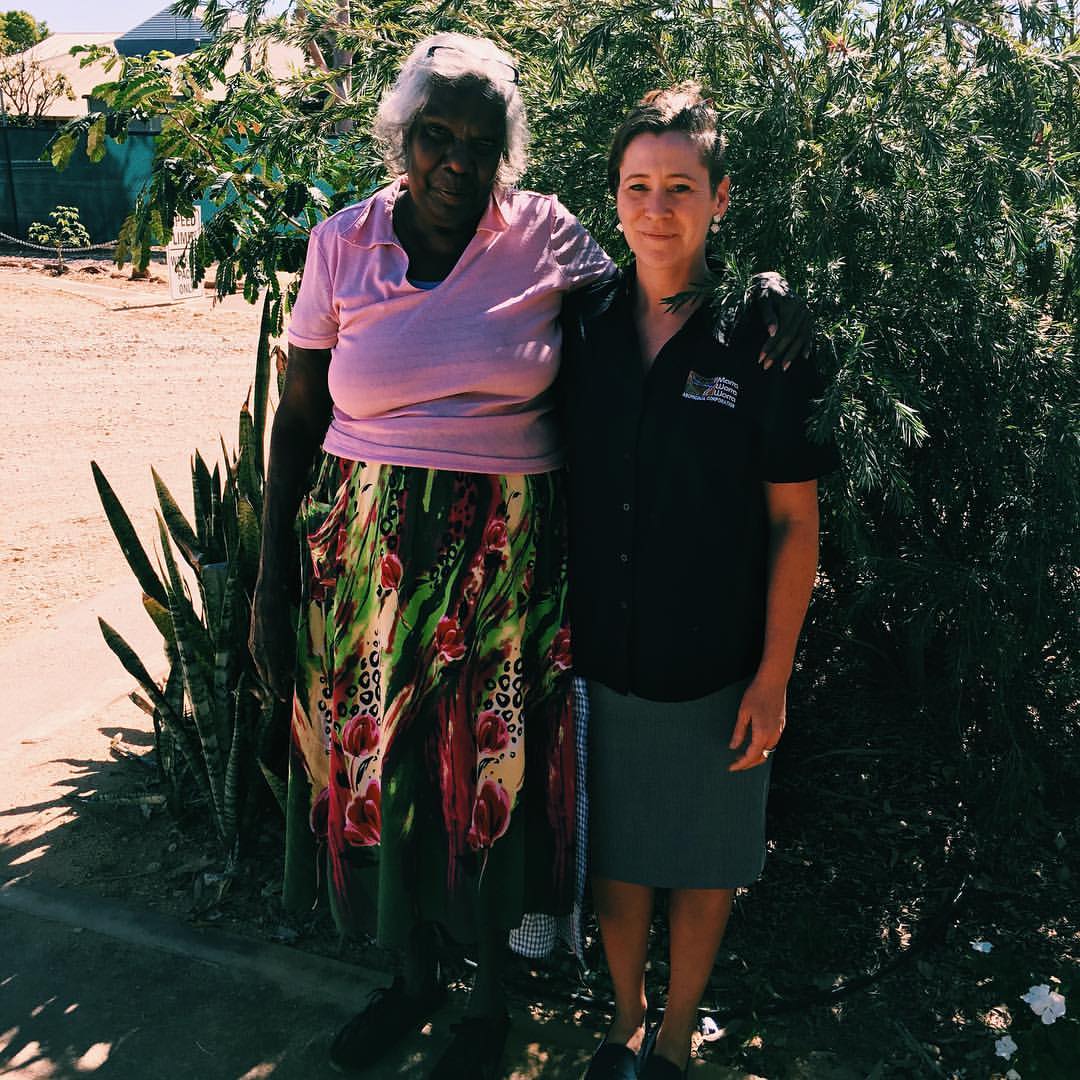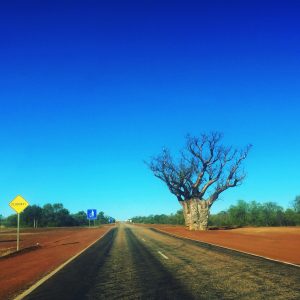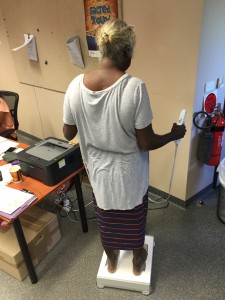
Big Changes In The Big Red
My dear friend and fellow Nutritional Medicine Practitioner Emma Park has been trail blazing in the remote town of Fitzroy Crossing and the even remoter communities near by (note: nearby isn’t always what it seems in Australia!)
Fitzroy Crossing has extremely high rates of Type 2 Diabetes among its indigenous people. Type 2 Diabetes is a chronic disease bought on by insulin resistance & inflammation. This commonly occurs due to a lifestyle that involves overconsumption of refined carbohydrates (sugary foods & drinks, processed packaged foods) coupled with lack of exercise. Indigenous people are 3 x more susceptible to developing Type 2 Diabetes than non Indigenous.
The consequences of Diabetes for affected individuals is truly frightening and for something so common (it’s the second leading cause of death among Indigenous people), the general population wouldn’t even realise the deadly & somewhat gruesome health complications the disease brings such as blindness, heart disease & infections. A reason why these outcomes are relatively unknown is because when an individual is hospitalised for these conditions, it isn’t always reported as being a direct result from diabetes.
The main cause of death for diabetic indigenous people is end stage renal (kidney) disease. Consequently there are renal treatment facilities popping up in remote communities to cope with the astonishingly high number of indigenous patients. In fact, $3.6M dollars is being spent on a new centre in Fitzroy Crossing. $3.6M, in a town with a population of approximately 1200 people and a further 2000 people living in the wider Fitzroy Valley! Figures like this are startling. But what I think is more mind blowing is that these “treatment facilities” are yet just another band aid solution to what has become an uncontrollable situation which is seeing the lives of Indigenous people, lovers of the land and open spaces, being unnecessarily chained to a sterile & helpless kind of building.
As a Holistic Practitioner, it is engrained in me to ask, “what is the cause? What exactly is driving the problem or condition?” But we KNOW what it is, we KNOW what causes Type 2 diabetes! So surely a huge percentage of the money should be spent on preventing these people from coming through the door in the first place, because once they are there, it is a slippery slope into the scary & unhappy world of diabetes!!
And it is Emma who is taking this seemingly obvious message with the collaboration & support of Marra Worra Worra (MWW) Aboriginal Corporation in WA’s, Fitzroy Crossing. Enthusiastically they are developing a holistic nutrition program that does just that. Identifies and treats the cause of nutritional imbalances in the “at risk” local people who have put their hand up to be a part. By supplying, feeding & educating diabetic and pre-diabetic individuals around the importance of whole foods vs refined & sugary foods as well as showing them the physical results via Bio Impedance Analysis (BIA), Emma is delving into and addressing the depths of an issue which is giving fuel to the diabetes crisis in these communities.
The initial pilot program which I was lucky enough to be a volunteer on, in a short time saw some impressive results with participants needing to reduce their daily insulin injections and showing a reduction in visceral fat and overall fat %. The potential for a program like this is truly life saving.
But Emma isn’t the only one with this foresight. Australian film maker Damon Gameau who is known for “That Sugar Film” is also behind a similar program. Already having set up a foundation in the remote community of Mai Wiru, (Mai Wiru Sugar Challenge Foundation) Damon is advocating for change in remote communities after seeing first hand the damage that too much sugar is having on the people in the Anangu Pitjantjatjara Yankunytjnatjara (APY) Lands. You can read more about that and see his episode on Australian Story here.
I truly admire the works of Emma and the support team at MWW. They will have to continue to shout out loud to access government funding to support a program that is not “mainstream” or aligned with the current medical model and that requires persistence and passion. I look forward to seeing how things evolve over the next year and an exciting collaboration between Emma and Damon perhaps!
References:
https://www.mediastatements.wa.gov.au/Pages/Barnett/2016/10/New-renal-services-for-Kimberley-communities.aspx
http://www.healthinfonet.ecu.edu.au/chronic-conditions/diabetes/plain-language/our-review
http://www.healthinfonet.ecu.edu.au/health-facts/health-faqs/diabetes







No Comments